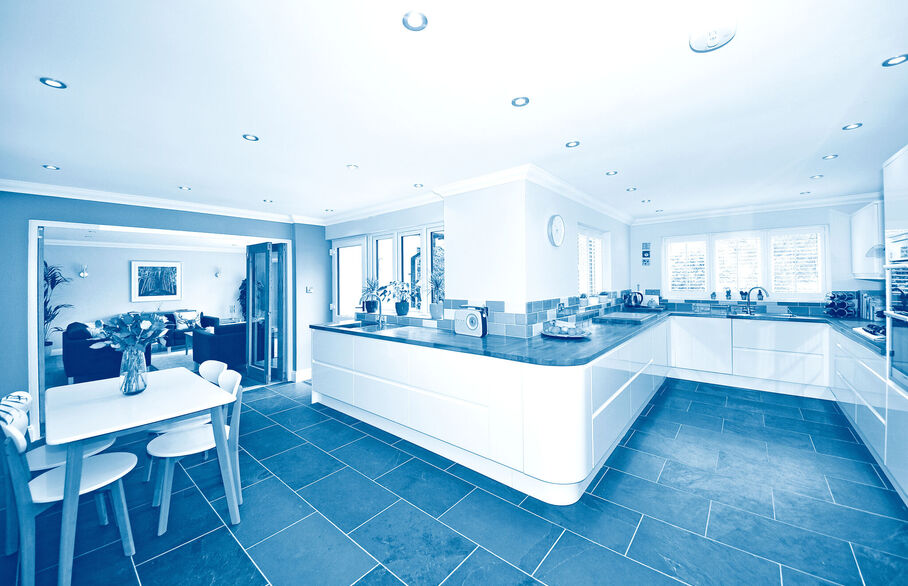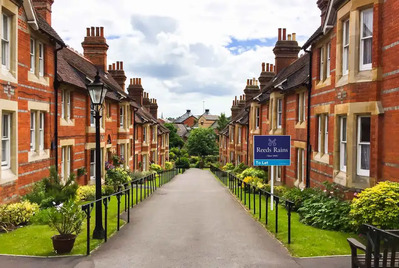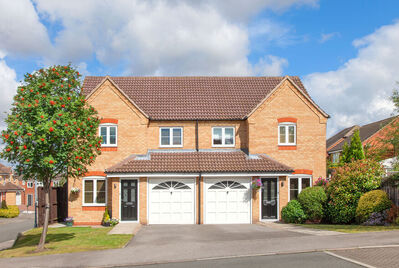
As with all aspects of décor in a rental property, you need to balance the look of the flooring with durability and budget, while taking into account what’s most attractive to tenants.
Laminate
It’s best to avoid putting laminate above the ground floor from a noise perspective. If you have a flat, check your lease, as there may be restrictions about what flooring you can have.
Scratch-resistant laminate tends to work well in entrance hallways – certainly better than carpet - as that’s an area of high traffic. It’s also a good all-round solution for tenants with pets or children, being easy to clean and good for allergies.
Although you could fit a standard three-bedroom house for under £3,000, cheap laminate can chip quite easily and start to look tatty. If you raise your budget to around £5,000, you will get a better quality that will last longer – up to ten years.
Tip: Consider using a carpenter to fit laminate floors, no matter how ‘easy to fit’ the manufacturer says it is!
Carpet
You can get basic felt-backed carpets that don’t need underlay, but these will need replacing every two to four years and tend not to look very good. If you choose a better-quality hard-wearing carpet, it should last five to ten years and cost between £3,500 and £5,000 for a 3-bed property.
Tip: Don’t be tempted to lay carpet over other floorings and consider installing a good-quality underlay.
Vinyl
Vinyl has come a long way in recent years. It now comes in a huge range of colours and styles and is a popular option among landlords for kitchens and bathrooms because it’s easy to clean and, importantly, moisture tolerant. If you choose a darker shade and a tiled floor effect with a ‘mottled’ pattern, you can achieve a stylish look that should last as long as laminate, for around the same price.
Tip: If your budget is not too tight, luxury vinyl tiles can last slightly longer and look even more realistic than sheet vinyl.
Real wooden flooring
If you are aiming at the higher end of the market, real wooden flooring will make a great impression and should last for the lifetime of your investment, but you should expect to pay over £10,000 for a standard 3-bed home.
The benefit of real wood is that it can be repeatedly sanded and re-varnished if it becomes stained or scuffed, however it is a bigger investment and will require maintenance.
Tip: Get your flooring from a reputable retailer that knows the difference in quality between different wood options and make sure they send someone to properly assess the atmosphere in the property so that the right wood is selected.
For advice on which flooring type will best suit your target market, simply call into your local Reeds Rains branch and one of the team will be happy to discuss your options.
The Reeds Rains Content Marketing Team



